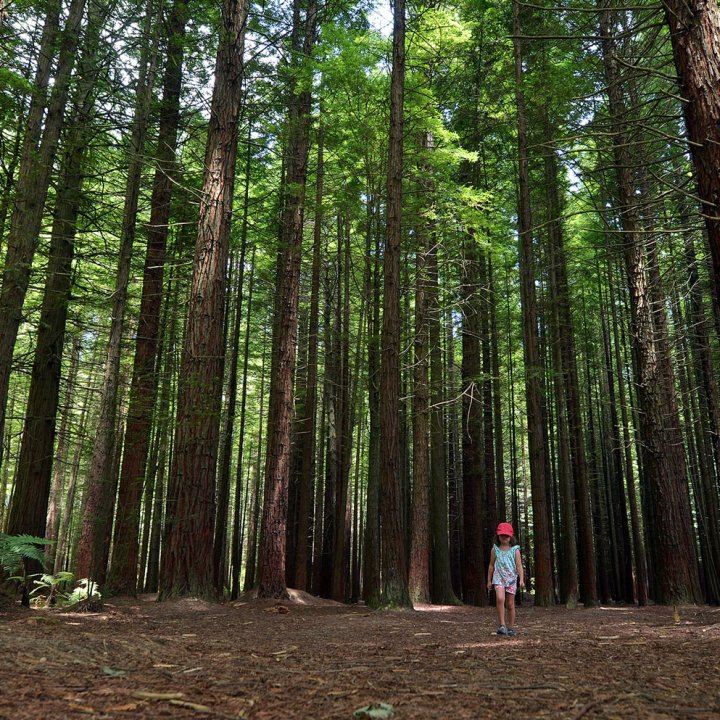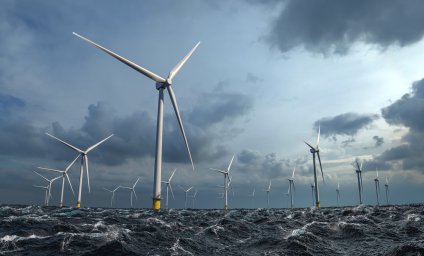We contributed to this goal by promoting IKEA products, food and services with a lower climate footprint and by providing renewable electricity to IKEA suppliers (via investments in wind and solar farms made by Ingka Investments). In FY23, scope 3 emissions from IKEA products and food arising from Ingka Group sales (88.0% of IKEA sales) decreased by 26.3% against the FY16 baseline.
In November 2023 we strengthened our climate targets in alignment with the Science Based Targets initiative (SBTi) Corporate Net Zero standard and submitted these for approval to SBTi. The revised target is a reduction of at least 50% in the climate footprint of IKEA products and food by 2030 (compared to our 2016 baseline). We will report against the revised targets from FY24 once they have been approved.
Strengthening our climate targets in FY24 and becoming climate positive
Ingka is committed to becoming climate positive by 2030 by taking action across the value chain and beyond. We are focusing on three areas:
1. Drastically reducing greenhouse gas emissions
In 2015 we committed to reduce emissions in line with science and the Paris Agreement’s 1.5°C pathway. We work towards net-zero by setting science-based targets that cover our scope 1, 2 and 3 emissions. Our initial science-based targets were approved by the Science Based Targets initiative (SBTi)* in 2018. We have now updated our climate targets in alignment with the SBTi’s Corporate Net Zero standard and submitted these for approval to SBTi in November 2023. The revised goals set out our commitment to reducing absolute greenhouse gas emissions from the value chain by at least 50% by 2030 (compared to our 2016 baseline) and to reach net-zero emissions by the latest 2050 by reducing our absolute emissions by at least 90% and without using carbon offsets. Our previous 50% reduction target included storing and removing carbon in the value chain; however, with the updated target we will achieve this only through emissions reduction. These updated targets were set in FY24 so we will report against them in next year’s report once they have been approved by the SBTi.
2. Removing and storing carbon through forestry, agriculture and products
In order to reach net-zero emissions by FY50 at the latest any remaining emissions will be neutralized by removing and storing carbon from the atmosphere through better forest and agricultural management practices within the IKEA value chain. We will ensure that carbon remains stored in our products for longer through our work on the circular economy.
3. Going beyond the Ingka value chain
In addition, to become climate positive, we will contribute to additional reductions of greenhouse gas emissions in society,addressing a larger climate footprint than our own value chain. To do this we will collaborate with our customers, suppliers and partners to reduce their greenhouse gas emissions, to remove and store carbon through forestry and agriculture outside of our own value chain and to contribute to additional reductions of greenhouse gases e.g. through our IKEA Energy Services and investments in solar and wind farms.





